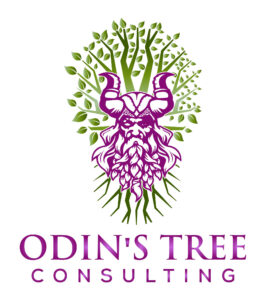The Human Resources Information System (HRIS) is a pivotal tool in today’s business landscape. It centralizes employee data, automates routine HR tasks, and provides insightful analytics, thereby enabling HR departments to function more efficiently and strategically. However, it’s critical to understand that not all high-cost HRIS systems are the right fit for your organization. The choice of HRIS should be driven by the specific needs of your business, not the price tag. Here’s why.
Firstly, a high-cost HRIS does not necessarily guarantee a high return on investment (ROI). While it may offer a plethora of features, your organization may not need all of them. Investing in an expensive system with unnecessary features can drain your financial resources without adding substantial value to your HR operations.
Secondly, an expensive HRIS may be complex and difficult to use. This can lead to resistance from employees and HR staff, prolonging the implementation process and reducing the overall efficiency. The ideal system should be user-friendly and intuitive, ensuring a smooth transition and adoption by all users, irrespective of their technical proficiency.
Thirdly, the high cost of an HRIS system could also imply high maintenance and upgrade costs. This could lead to a financial burden in the future, especially for small and medium-sized enterprises (SMEs). It’s crucial to consider the total cost of ownership (TCO) of the system, including the costs of implementation, training, maintenance, and upgrades.
Lastly, a high-cost HRIS may not align with your organization’s culture and operational style. Every organization operates differently, and the HRIS should be flexible enough to accommodate these unique operational needs. A system that works well for a multinational corporation might not be suitable for a start-up or an SME.
The decision to invest in an HRIS should not be solely based on the cost. Instead, it should be a strategic decision that considers the specific needs of your organization, the functionality and usability of the system, the total cost of ownership, and the alignment with your organizational culture and operational style. Remember, the right HRIS is not necessarily the most expensive one, but the one that adds the most value to your organization.




